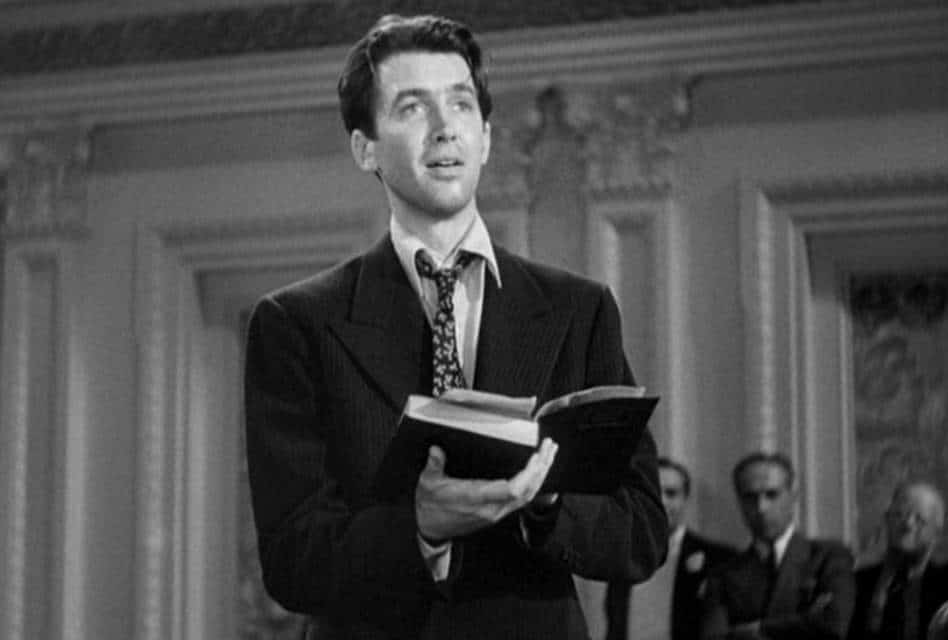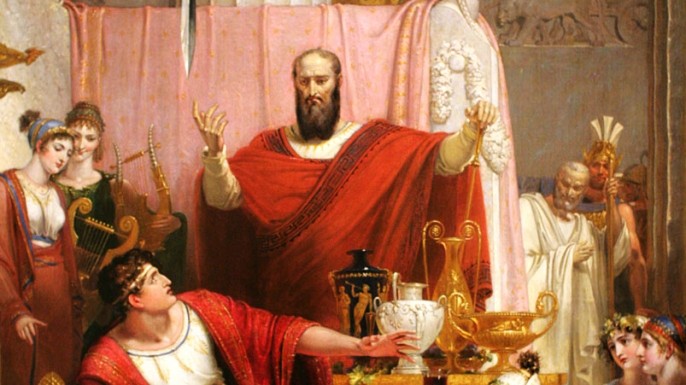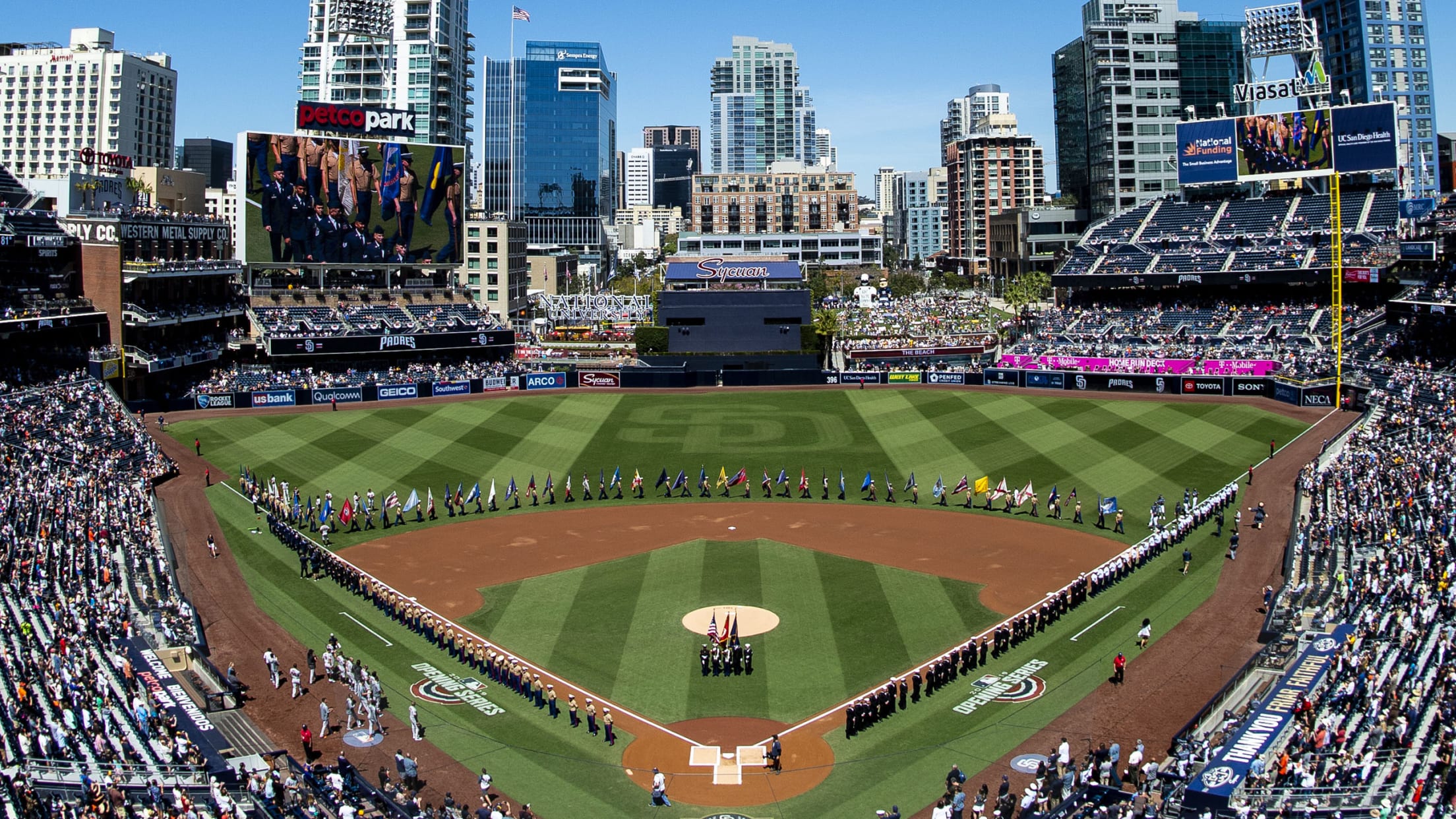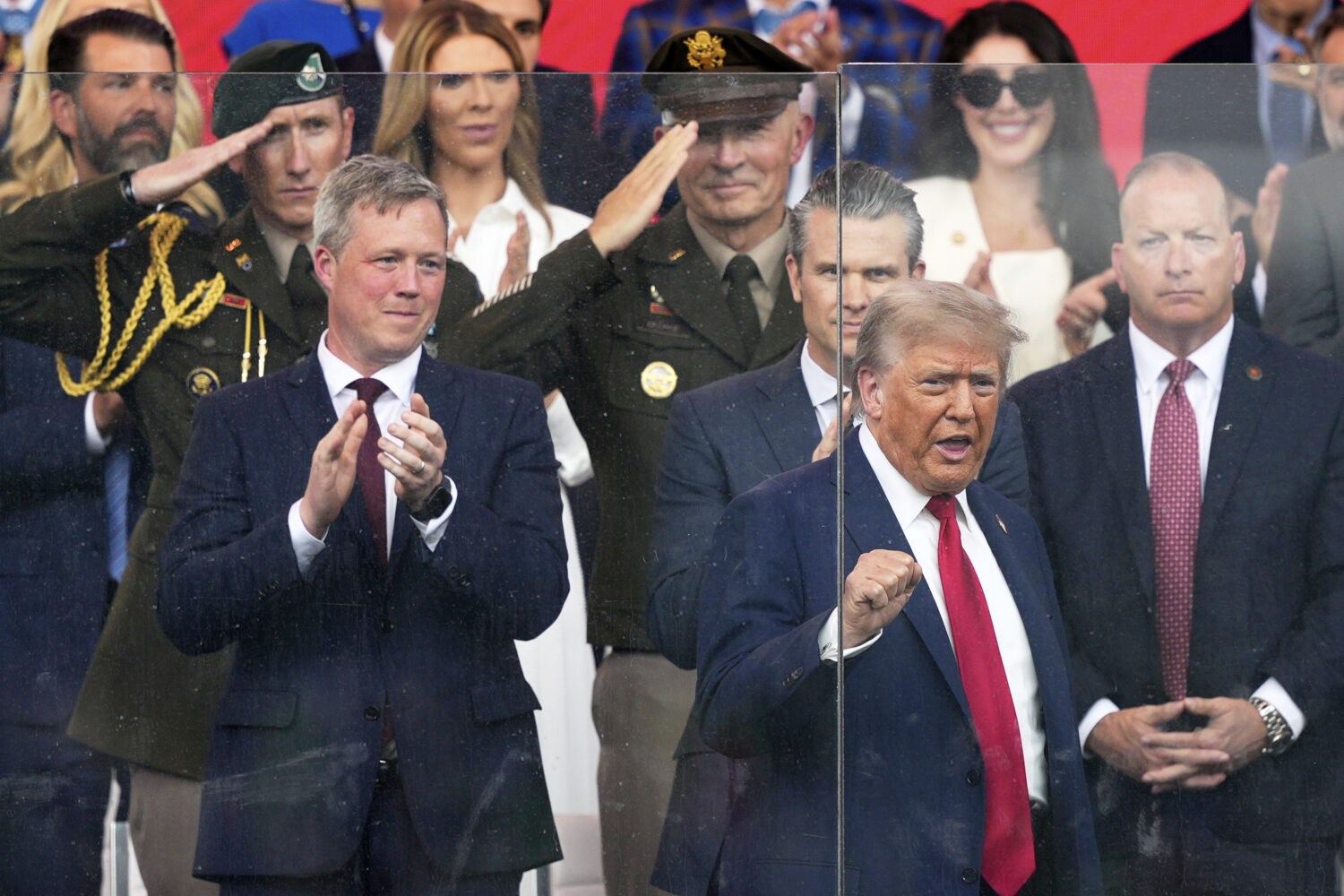Colman McCarthy is an anarchist!
He believes that teaching peace to high-school and college students will lead to – can you believe this – PEACE!
And people think I’m a radical when it comes to ethics!!
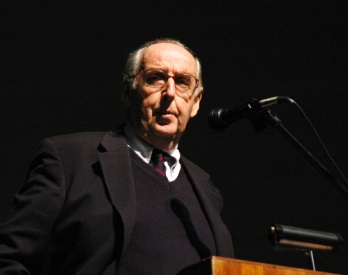
McCarthy and I are too oranges on a tree called Hope. In fact, Winston Churchill wrote, “All the great things are simple, and many can be expressed in a single word: freedom, justice, honor, duty, mercy, hope.”
McCarthy, a former Washington Post columnist, directs The Center for Teaching Peace headquartered in Washington, D.C. He speaks with a clarity and reason that is difficult to ignore.
Since 1982, when I began teaching courses on pacifism and nonviolence, more than 8,000 students have been in my classes – 8,000 students who come into class the first day filled with one or more myths about pacifism, the belief, and nonviolence, the method. They too often accept the idea that violence can stop violence, without having been exposed to the view that instead of fighting fire with fire, fight fire with water.
This school year, as in most past years, my classes are at Georgetown University Law Center, American University, the University of Maryland, the Washington Center for Internships and Academics, Bethesda-Chevy Chase High School, and Woodrow Wilson High School. This year, the same myths are returning, so let’s examine them one at a time.
Pacifism is passivity.
Hardly. The lives both of the well-known pacifists – Gandhi, Dorothy Day, the Berrigan brothers, Martin Luther King, Jr. – and lesser knowns like Emily Balch, Scott Nearing, and David Dellinger were tirelessly centered on action and risk-taking. In defiance of one raj or another, their conscience-driven activism led to consequences ranging from imprisonment and death to scorn and isolation.
Pacifists have taken to the front lines with a deep arsenal of nonviolent weapons: fasts, boycotts, strikes, marches, sit-ins, civil disobedience, war tax refusal, defiance of blockades, noncooperation with power. Recalling the October 21, 1967, anti-war demonstration at the Pentagon, then-Defense Secretary Robert McNamara said: “I could not help but think that had the protesters been more disciplined – Gandhi-like – they could have achieved their objective of shutting us down.”
Pacifism is about as effective as sticking flowers in gun barrels.
In the past twenty-five years alone, at least six brutal governments have been brought down by well-disciplined citizens who regime-changed without shooting bullets or dropping bombs.
On February 26, 1986, a frightened Ferdinand Marcos, a U.S.-supported dictator, fled the Philippines. Nuns, students, and workers had staged a three-year nonviolent revolt.
On October 5, 1998, Chile’s despot, General Augusto Pinochet, another U.S. favorite, was driven from office after five years of strikes, boycotts, and other forms of demands for free elections. A Chilean organizer said: “We didn’t protest with arms. That gave us more power.”
On August 24, 1989, in Poland the Soviet puppet General Wojciech Jaruzelski fell. Few resisters were killed during the nine-year struggle led by Nobel Prize-winner Lech Walesa. The example of Poland’s successful nonviolence spread, with the Soviet Union’s collapse coming shortly thereafter.
On May 10, 1994, Nelson Mandela, a former political prisoner, became the president of South Africa. While Mandela’s African National Congress had a military wing, it was the years of patient boycotts that ended white supremacy.
On April 1, 2001, in Yugoslavia, a two-year student-led strike saw Serbian police arrest Slobodan Milosevic for his crimes.
On November 23, 2003, the bloodless revolution of roses toppled Georgian president Eduard Shevardnadze.
It was the moral power of justice, the strength of will, and the toughness of patience – and not weapons of steel – that brought reform.
Pacifists are parasites who refuse to serve their country while enjoying freedoms that soldiers died protecting.
In hundreds of ways and hundreds of professions, pacifists serve their country. They bravely combat disease, poverty, discrimination, ignorance, injustice, and hunger. What they object to is not serving their country, but those who run their country: leaders who believe they can kill their way to peace, who believe that violence can end violence. Pacifists instead side with Hannah Arendt: “Violence, like all action, changes the world but the most probable change is to a more violent world.”
The violence that pacifists oppose goes well beyond military violence. It includes domestic violence, environmental violence, racial violence, economic violence, sexual violence, governmental violence, legal and illegal violence, homophobic violence, corporate violence, street violence, police violence.
It was military might, not pacifism that defeated Hitler.
Not exactly. Examples abound, both large and small, in Denmark, Holland, Norway, France, and elsewhere, in which nonviolent resistance defied the Nazi onslaught. In those places, Gene Sharp writes in The Politics of Nonviolent Action, “Patriots resisted their Nazi overlords and internal puppets by such weapons as underground newspapers, labor slowdowns, general strikes, refusal of collaboration, special boycotts of German troops and quislings, and non-cooperation with fascist controls and efforts to restructure their societies’ institutions.”
The defiance tended to be hastily organized and was not widespread. If the opposite were true – if Hitler had been resisted in the late 1920s and the early 1930s, not the early 1940s, and in more places – the war’s death toll might have been much lower.
Pacifists think they are morally superior.
Having known, interviewed, or read the books of hundreds of pacifists – alphabetically from Joan Baez to Howard Zinn – I’ve found the opposite to be true. Genuine pacifists shy from the label, knowing that however ill at ease they are in society where violence prevails, they may be complicit.
If they pay federal income taxes, they know that a major portion goes for America’s wars.
If they travel by car, bus, or plane, or any means except foot or bicycle, they know that the emissions do violence to the environment.
If they eat meat, eggs, or dairy products, they know that killing or exploiting animals is involved.
If they pay to read The Washington Post, whose editorials endorse both the Iraq and Afghanistan wars, they know the paper accepts advertising money from military contractors, environmental polluters, and assorted despoilers.
If you come across pacifists claiming moral superiority, unsaddle them from their high horses. Don’t bring them to their knees; bring them to their senses.
This article first appeared in The Progressive, February 2011.
Comments
